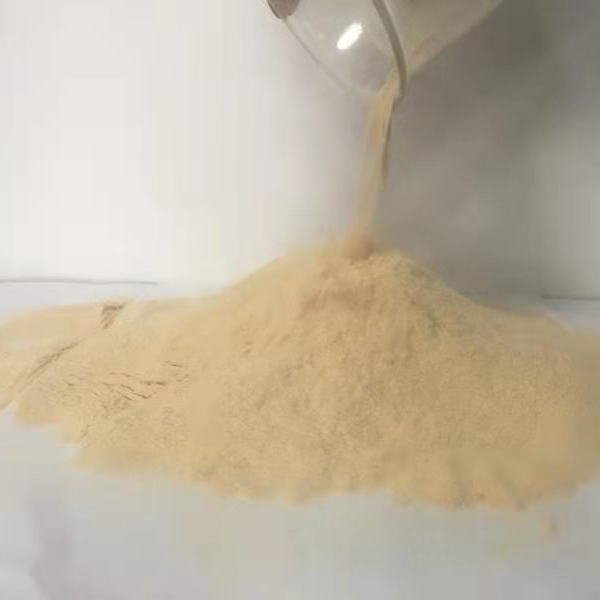
News
Dis . 09, 2024 23:47 Back to list
Chelating Agents Production Industry Trends and Market Insights for 2023
The Chelant Market An Overview of Production, Trends, and Innovations
The chelant market has garnered significant attention in recent years due to the increasing demand for effective metal-binding agents across various industries. Chelants, or chelating agents, are compounds that can form multiple bonds with a single metal ion, effectively “grabbing” it and preventing it from reacting with other substances. This unique property makes them invaluable in numerous applications, including agriculture, pharmaceuticals, and water treatment.
Market Drivers
The growth of the chelant market can be attributed to several key factors. Firstly, the agricultural sector's reliance on chelating agents to enhance nutrient uptake in soil is critical. Chelants improve the solubility of essential micronutrients, allowing plants to absorb them more effectively. As the global population continues to rise, the demand for increased agricultural productivity pushes the need for efficient chelating agents to the forefront.
Additionally, the industrial sector, particularly in metal processing and plating, utilizes chelants to control metal ions' solubility and stability. In water treatment applications, chelating agents help remove undesired minerals, heavy metals, and ionic contaminants from water sources, making them safe for consumption and use.
Product Types and Innovations
The chelant market consists of various types of compounds, including ethylene diamine tetraacetic acid (EDTA), diethylenetriamine pentaacetic acid (DTPA), and nitrilotriacetic acid (NTA). Among these, EDTA is the most widely used due to its versatility and effectiveness across numerous applications.
Recent innovations within the chelant market focus on developing biodegradable and eco-friendly alternatives to traditional chelating agents, which often raise environmental concerns. The shift toward sustainability is prompting manufacturers to invest in research and development of organic chelating agents derived from renewable resources. For instance, citric acid and its derivatives are gaining traction as safer alternatives due to their lower environmental impact and effective chelation properties.
Furthermore, advancements in production technologies have paved the way for more efficient and economical manufacturing processes. This has led to a reduction in production costs and ultimately a decrease in retail prices, making chelants increasingly accessible across diverse industries.
chelant market factory

Regional Insights
Regionally, the North American and European markets dominate the chelant sector, driven by stringent environmental regulations and the rising demand for water treatment solutions. North America, in particular, is witnessing growth due to the emphasis on sustainable farming practices and the adoption of green chemistry principles.
Conversely, the Asia-Pacific region is expected to experience the fastest growth, fueled by rapid industrialization and the increasing agricultural output to meet the needs of a growing population. Countries like China and India are investing heavily in their agricultural sectors, thereby boosting the demand for effective chelating agents.
Market Challenges
Despite the promising growth prospects, the chelant market faces several challenges. Environmental concerns over the long-term effects of synthetic chelating agents, especially EDTA, pose regulatory challenges that may impact market growth. As governments and organizations prioritize sustainability, there's increasing pressure to develop alternative solutions that minimize ecological footprints.
Moreover, competition from substitutes, such as inorganic chelates, may pose a threat to market expansion. As manufacturers seek to innovate and reduce costs, they may also turn to alternative substances that can achieve similar objectives without the negative environmental impact.
Conclusion
The chelant market is poised for substantial growth driven by increasing agricultural demands, industrial applications, and advancements in sustainable practices. As researchers and manufacturers continue to innovate, the emergence of eco-friendly alternatives may reshape the landscape of chelation chemistry. With the right focus on sustainability and regulatory compliance, the future of the chelant market appears bright, offering numerous opportunities for growth and development across multiple sectors. As we navigate these exciting advancements, the balance between efficacy and environmental responsibility will be crucial in shaping the next generation of chelating agents.
-
Polyaspartic Acid Salts in Agricultural Fertilizers: A Sustainable Solution
NewsJul.21,2025
-
OEM Chelating Agent Preservative Supplier & Manufacturer High-Quality Customized Solutions
NewsJul.08,2025
-
OEM Potassium Chelating Agent Manufacturer - Custom Potassium Oxalate & Citrate Solutions
NewsJul.08,2025
-
OEM Pentasodium DTPA Chelating Agent Supplier & Manufacturer High Purity & Cost-Effective Solutions
NewsJul.08,2025
-
High-Efficiency Chelated Trace Elements Fertilizer Bulk Supplier & Manufacturer Quotes
NewsJul.07,2025
-
High Quality K Formation for a Chelating Agent – Reliable Manufacturer & Supplier
NewsJul.07,2025
